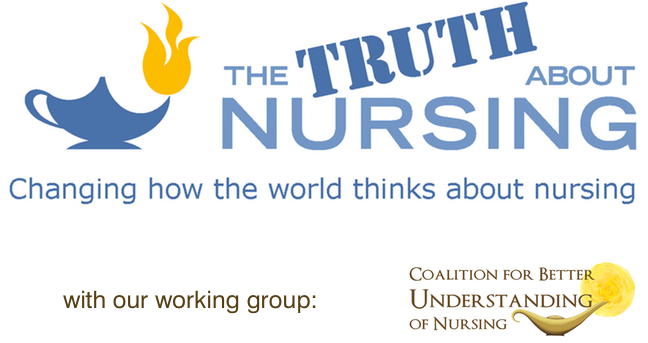Nurses power legendary South African clinic
 December 6, 2004 -- Today South Africa's Star published a very good piece by Kerry Cullinan about the extraordinary challenges faced by the Alexandra Clinic in providing basic care to an overcrowded township that was prominent during the long struggle against apartheid. The piece focuses heavily on the work of veteran nurses at the clinic, and includes a number of good quotes from them.
December 6, 2004 -- Today South Africa's Star published a very good piece by Kerry Cullinan about the extraordinary challenges faced by the Alexandra Clinic in providing basic care to an overcrowded township that was prominent during the long struggle against apartheid. The piece focuses heavily on the work of veteran nurses at the clinic, and includes a number of good quotes from them.
"Now they have sheets on the beds, but no money" reports that the 24-hour primary care clinic, which was founded in 1929 and is apparently legendary in South Africa (even inspiring the TV show "Soul City"), is struggling with a critical lack of funds. Thus, though pregnant women are no longer expected to bring newspapers because of a lack of sheets, funding from the provincial government and aid donors has not been enough to prevent the clinic from suffering recent water and electricity cutoffs. The clinic serves 700-800 patients per day, in a township that was designed to hold 70,000 people--and is now home to about half a million. The clinic evidently played a key role in the nation's upheavals over the years, treating students during a 1976 schools uprising, caring for the wounded in the 1980's when security forces were "constantly in Alexandra," and treating both ANC and Inkatha supporters during a 1990's "war," despite being viewed as "an ANC stronghold." Despite the problems, and apparently poor pay and benefits, the clinic reportedly enjoys fairly low staff turnover.
Nurses are central to the story. Two Sisters, deputy maternity clinic head Patricia Jass and outpatients department deputy manager Tiny Sehlapelo, reportedly have been at the clinic 30 and 25 years respectively. Sehlapelo is quoted as saying that only one clinic nurse was "tempted" to leave for overseas opportunities; she "came back quickly and said that the Alex clinic is the best place to work." Both nurses and physicians seem to have strong feelings about the importance and quality of the clinic's work; one physician with 40 years experience is quoted (anonymously) as saying that the clinic nurses are the best she's ever worked with.
Labor and delivery is a major focus of the clinic, which delivers about 400 babies each month. Jass descibes how the clinic introduced "labor companions" in the 1980's, which has made a "big difference" for the women giving birth. The clinic also encourages fathers to attend births, but Jass reports disappointing results; she can recall only two men attending births since 1988 (most women bring their mothers).
Sehlapelo says the outpatient clinic sees many patients with chronic illnesses, including hypertension, diabetes, asthma, and of course, HIV; of nearly 9,000 people tested for HIV last year, almost half were positive. There is also an active casualty ward.
Unfortunately, problems in the township limit the clinic's work to some extent. The piece reports that because of crime the nurses are no longer able to do house visits, as ambulances have been hijacked and nurses in the mobile clinics robbed. However, the clinic still manages to get around some problems, apparently keeping patients for extended periods if no hospital beds are available, even though they are technically supposed to transfer them out if they need more care after 12 hours. As the piece explains, apparently quoting Sehlapelo: "We deal with the abandoned, homeless and the very sick. Sometimes we have to keep them for a week or two until the social workers find a place for them."
See Kerry Cullinan's article "Now they have sheets on the beds, but no money" from the December 6, 2004 edition of the South Africa Star.















